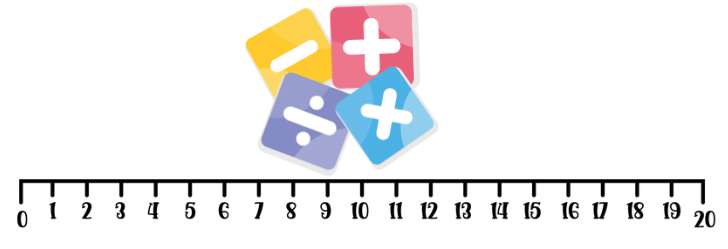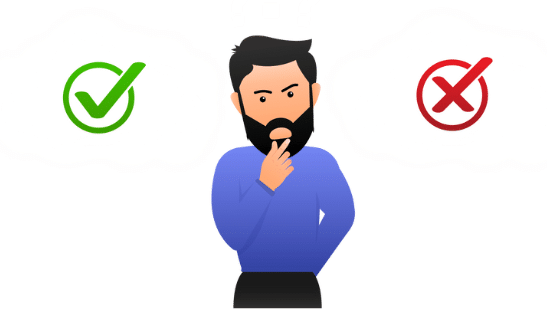Whole Numbers- 1 Class 6 Worksheet Maths
Fill in the Blanks
Q1: ________ is the smallest even whole number.
Q2: The product of any number and 0 is always ________.

Q3: The predecessor of 5000 is ________.
Q4: The largest single-digit number is ________.
Q5: The difference between the successor and the predecessor of a number is always ________.
Number Line Operations
Q6: Show 7-3 on the number line.

Q7: Show 5+4 on the number line.

True or False:

Q8: Every whole number has a successor.
Q9: There is no largest whole number.
Q10: The sum of two even numbers is always an odd number.
Q11: 0 is neither positive nor negative.
Q12: The predecessor of 1 is 0.
Answer the following questions
Q13: Determine the sum of the four numbers as given below:
i. Successor of 32
ii. Predecessor of 49
iii. The predecessor of the predecessor of 56
iv. The successor of the successor of 67
Q14: Write the predecessor of:
a. 94
b. 10000
c. 208090
Q15: How many whole numbers are there between 381 and 401?
Q16: A mobile number consists of ten digits. The first four digits of the number are 9, 9, 8, and 7. The last three digits are 3, 5, and 5. The remaining digits are distinct and make the mobile number, the greatest possible number. What are these digits?
You can access the solutions to this worksheet here.
FAQs on Whole Numbers- 1 Class 6 Worksheet Maths
| 1. What are whole numbers? |  |
| 2. How are whole numbers different from natural numbers? |  |
| 3. Can negative numbers be considered whole numbers? |  |
| 4. What operations can be performed on whole numbers? |  |
| 5. How can whole numbers be used in real-life situations? |  |

















